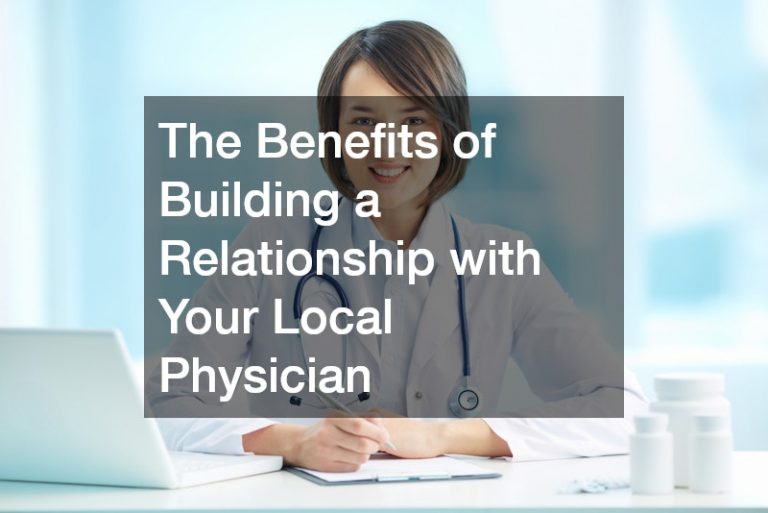

While urgent care services may seem like a new trend in the American health care system, the truth is the urgent care movement began nearly 40 years ago during the 1970’s. Though no would could predict the movement would gain so much momentum, urgent care clinics have become an integral part of the American health care system. In fact, it’s hard to imagine life without them.
Urgent care clinics continue to bridge the broad gap between hospital emergency departments and primary care physician offices, both of which tend to be understaffed and short on time. Urgent care facilities have become increasingly popular due to their low costs, convenient hours, and quality medical care, however, they may not always be the best solution depending on the nature of your injury.
The holiday season often results in spat of holiday-related injuries including food and alcohol poisoning, falls from ladders, and sprains and strains from slippery walkways. As such, emergency rooms often experience an influx of patients seeking treatment, many of whom sought medical care at an urgent care clinic that was unable or ill-equipped to treat the severity of their injury. Therefore, emergency room physicians are urging patients to understand the difference in treatment between urgent care centers and emergency rooms.
Urgent care centers are designed to evaluate and treat acutely occurring illnesses and conditions that require immediate medical attention yet are not severe enough to require emergency treatment at a hospital. Examples include respiratory infections, urinary tract infections, sprains and strains, stomach bugs, and more. However, it can be difficult to determine what is an emergency and what isn’t.
In these instances, it’s important to consider your or the patient’s overall health. For example some pre-existing health conditions such as heart disease, diabetes, high blood pressure, and a history of stroke can both complicate and exacerbate seemingly minor illnesses such as an upper respiratory infection. In addition, some injuries, such as a fall, can lead to complications in pregnancy. In these instances, it’s best to seek immediate treatment at a hospital emergency room.
Signs of an emergency medical condition include sharp chest pains followed by numbness, shortness of breath and difficulty breathing, loss of color, change in mental state, and severe blood loss to name a few. When in doubt, it’s best to err on the side of caution and seek treatment at hospital emergency rooms rather than urgent care centers. Research more like this.






